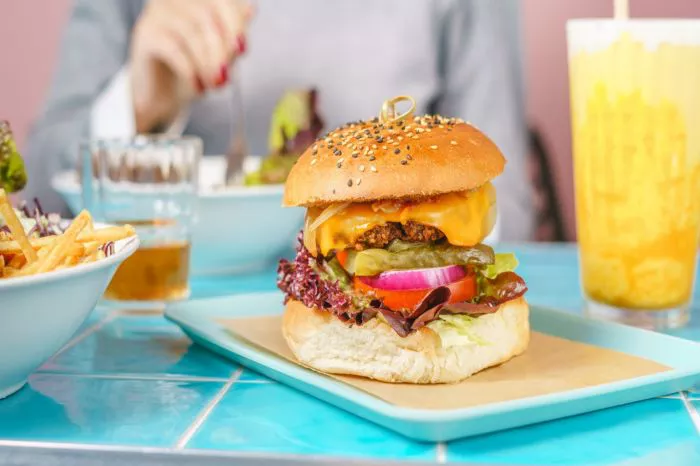Fast food restaurants employ various methods to preserve food, ensuring its quality, safety, and freshness from the point of production to the moment it reaches the customer’s plate. These preservation techniques are crucial for maintaining food integrity, minimizing waste, and meeting regulatory standards. In this article, we’ll explore the primary methods used by fast food restaurants to preserve food.
1. Refrigeration
Refrigeration is one of the most common methods used to preserve perishable food items in fast food restaurants. Refrigerators and walk-in coolers are used to store ingredients such as meat, dairy products, produce, and condiments at temperatures below 40°F (4°C). Cold temperatures slow down the growth of bacteria, yeast, and mold, which helps extend the shelf life of perishable foods and prevents spoilage. Fast food restaurants typically adhere to strict temperature control protocols to ensure that refrigerated items remain safe for consumption.
2. Freezing
Freezing is another widely used preservation method in the fast food industry. Freezers are employed to store a variety of food items, including meat, poultry, seafood, vegetables, and pre-made products such as french fries and chicken nuggets. Freezing food at temperatures below 0°F (-18°C) inhibits microbial growth and enzymatic activity, effectively halting the spoilage process. Frozen foods can be stored for extended periods without compromising quality, although proper packaging is essential to prevent freezer burn and maintain texture and flavor.
3. Vacuum Packaging
Vacuum packaging involves removing air from a sealed package to create a vacuum environment, which helps preserve food by reducing oxygen exposure. Fast food restaurants use vacuum packaging for a variety of perishable items, including deli meats, cheese slices, and pre-cooked proteins. By eliminating oxygen, vacuum packaging helps slow down oxidation, which can cause food to spoil and degrade in quality. Additionally, vacuum-sealed packages occupy less space and are less prone to contamination, making them ideal for storage and transportation.
4. Canning
Canning is a preservation method that involves heating food in sealed containers to destroy microorganisms and enzymes that cause spoilage. While canning is more commonly associated with home preservation, some fast food restaurants utilize canned ingredients such as fruits, vegetables, sauces, and soups in their menu offerings. Canned foods have a long shelf life and can withstand a wide range of environmental conditions, making them convenient for storage and distribution.
5. Pickling
Pickling is a preservation technique that involves immersing food items in a solution of vinegar, salt, and spices, which inhibits the growth of bacteria and preserves the food’s texture and flavor. Fast food restaurants may use pickled ingredients such as cucumbers, onions, jalapeños, and peppers as toppings or condiments for sandwiches, burgers, and salads. Pickled foods add a tangy and flavorful element to dishes while extending their shelf life.
6. Dehydration
Dehydration is a preservation method that involves removing moisture from food items to inhibit the growth of microorganisms and enzymes. Fast food restaurants may use dehydrated ingredients such as dried fruits, vegetables, herbs, and spices in their menu offerings. Dehydrated foods have a longer shelf life and require less storage space than fresh or frozen counterparts. Additionally, dehydrated ingredients can be rehydrated or incorporated into recipes as needed, providing convenience and versatility in food preparation.
7. Chemical Preservatives
Some fast food restaurants may use chemical preservatives to extend the shelf life of certain products and prevent spoilage. Common chemical preservatives include sodium benzoate, potassium sorbate, and calcium propionate, which inhibit microbial growth and maintain product freshness. While chemical preservatives are generally recognized as safe by regulatory agencies when used within allowable limits, concerns have been raised about their potential health effects with prolonged or excessive consumption.
Conclusion
In conclusion, fast food restaurants employ a variety of preservation methods to ensure the quality, safety, and freshness of their food products. From refrigeration and freezing to vacuum packaging and pickling, these techniques play a critical role in extending shelf life, minimizing waste, and meeting consumer demand for convenient and delicious meals. While each preservation method has its advantages and considerations, the overarching goal remains the same: to deliver high-quality food that meets customer expectations for taste, texture, and nutritional value.

